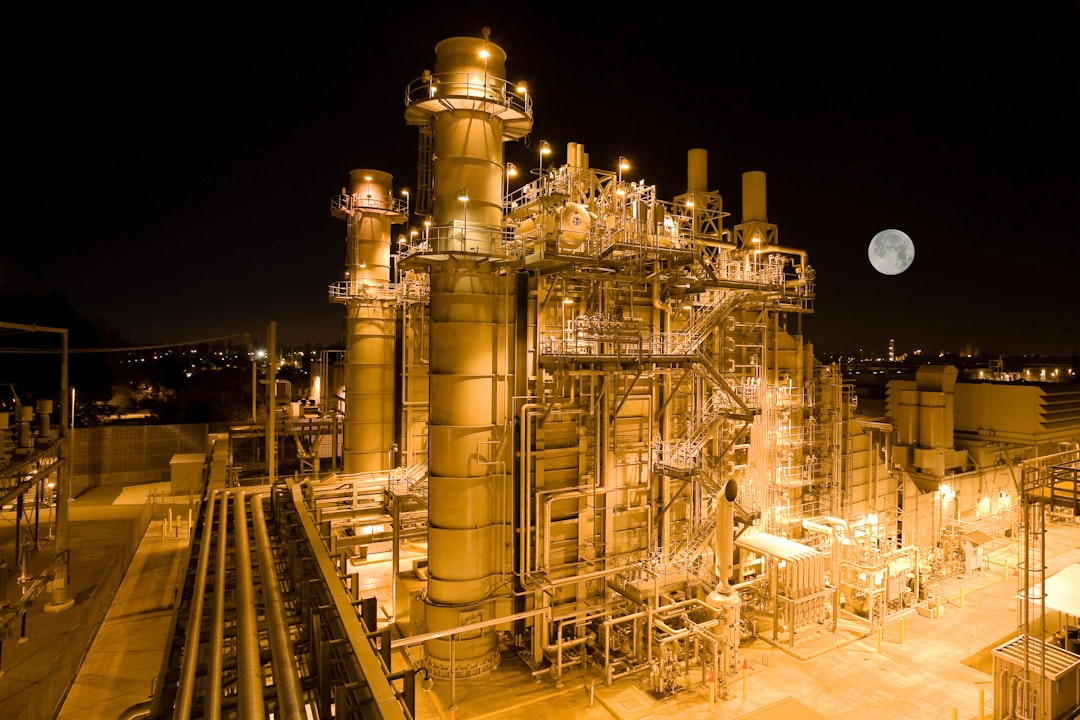What is it about?
Solar irradiance forecasting is important for high photovoltaic penetration. Will an advanced clear-sky model really improve satellite-based forecasts, especially when correction procedure with local measurements is available? This study explains this problem comprehensively with the measure-oriented and distribution-oriented approaches.
Featured Image

Photo by NASA on Unsplash
Why is it important?
1. Both irradiance estimating and forecasting are analyzed based on China’s second-generation geostationary satellite Fengyun-4A, a satellite which is rarely discussed in the field of solar energy. 2. After affine transformation, the forecasting models achieve very close performances no matter which clear-sky model is implemented, except that forecasts with the advanced clear-sky model are much better calibrated at high irradiance levels. The case is carried out in Shanghai with frequent air pollution.
Perspectives
Detailed functions and settings are provided in the main body or lengthy supplementary to be easily reproducible. I spent lots of time on searching and checking models, thus hope the details will help others. If readers have any corrections, comments, or suggestions, please kindly email me. I received interesting, helpful suggestions on this article from the editors and reviewers. Great thanks.
Doctor Xuemei Chen
Read the Original
This page is a summary of: Performance study of affine transformation and the advanced clear-sky model to improve intra-day solar forecasts, Journal of Renewable and Sustainable Energy, July 2020, American Institute of Physics,
DOI: 10.1063/5.0009155.
You can read the full text:
Contributors
The following have contributed to this page










